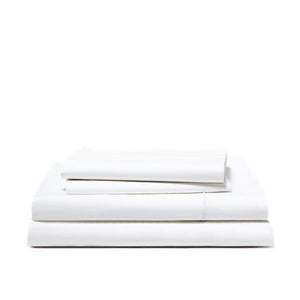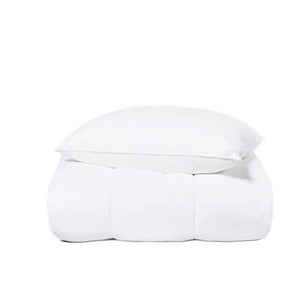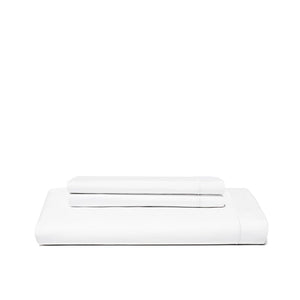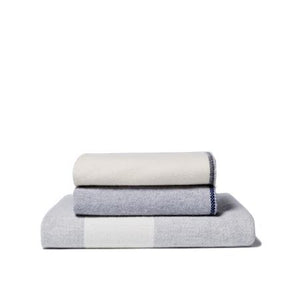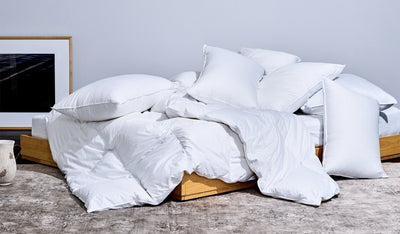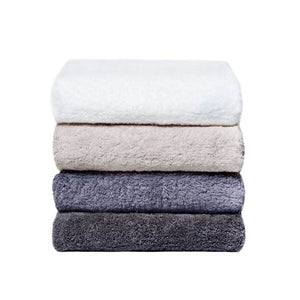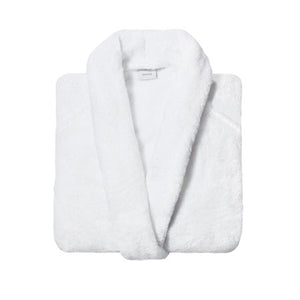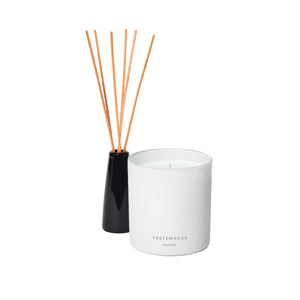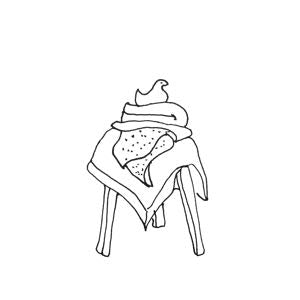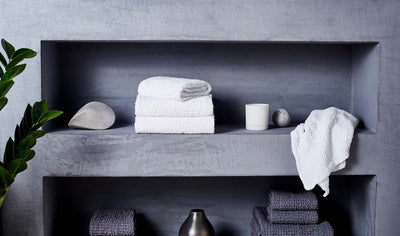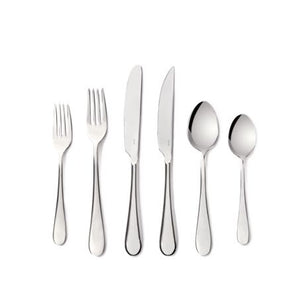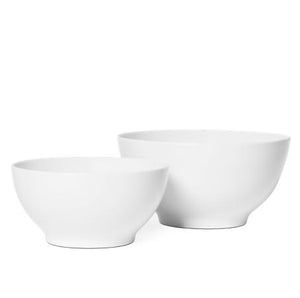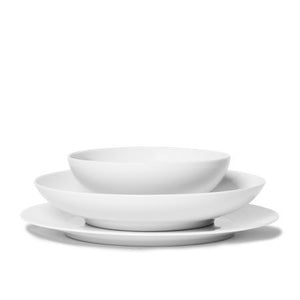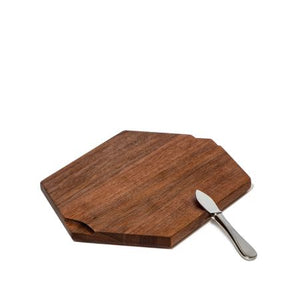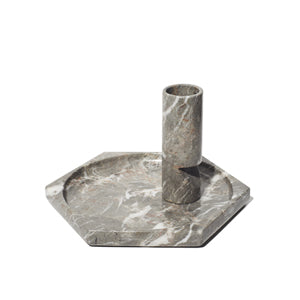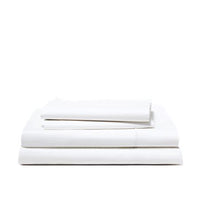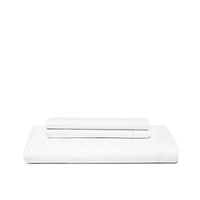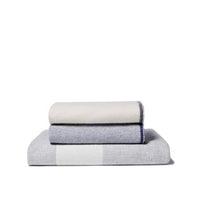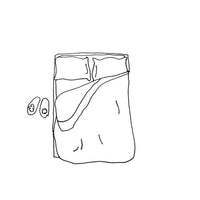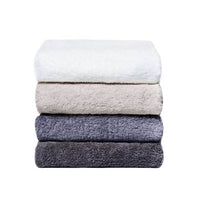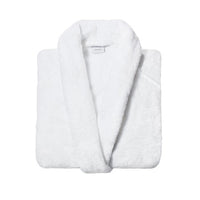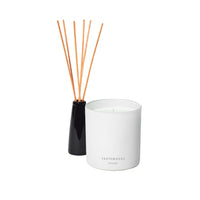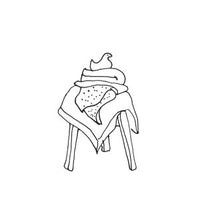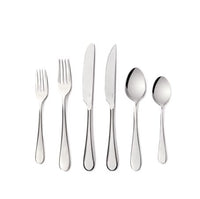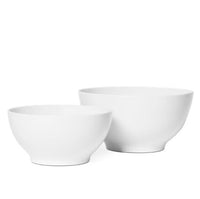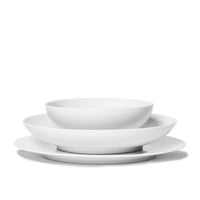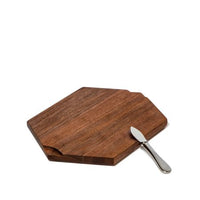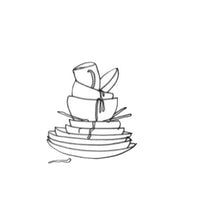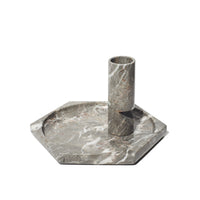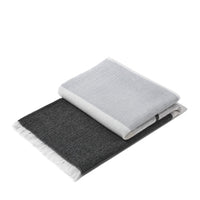Are you wondering how to fluff a pillow that feels flat and lifeless, leaving you to constantly adjust it at night? Many people face this issue because even good pillows can lose their shape over time, becoming uncomfortable. A comfortable pillow that supports your head well is crucial for a good night's sleep.
But there are ways to solve this problem. Depending on whether your pillow is memory foam, down, or latex, you can try various methods to restore its fluffiness. You can fluff it by hand, use a dryer, or let it air out. These techniques can improve the feel and longevity of your pillow.
We'll discuss different types of pillows and materials, explaining how each affects firmness and durability. Additionally, we'll provide step-by-step instructions on how to fluff your pillow using these simple methods. By following these tips, you can maintain your pillows to be fresh, comfortable, and supportive for years, ensuring better sleep quality for you.
Understanding the Best Pillow Types and Their Care

Types of Pillows
When it comes to pillows, there are several types to choose from, each with its own unique features and benefits. Here are some of the most popular pillow types:
-
Memory Foam Pillows: These pillows are made from viscoelastic foam and are designed to conform to the shape of your head and neck, providing excellent support and pressure relief. Memory foam pillows are ideal for people who suffer from neck or back pain.
-
Down Pillows: These pillows are filled with the soft, fluffy feathers found underneath the tougher exterior feathers of ducks and geese. Euro down pillows are known for their softness and fluffiness, making them a popular choice for those who prefer a plush, cloud-like feel.
- Down Alternative Pillow: Down alternative pillows are filled with synthetic materials designed to mimic the feel of down feathers. They are preferred by those looking for hypoallergenic options or who wish to avoid animal products.
Care Tips for Different Pillow Types
Different pillow types require different care. Here are some general care instructions for some of the most popular pillow types:
-
Memory Foam Pillows: Memory foam pillows should be spot cleaned with a mild detergent and warm water. Avoid using hot water or harsh chemicals, as they can damage the foam. Memory foam pillows should be replaced every 2-3 years.
-
Down Pillows: Down pillows should be fluffed daily to maintain their loft and shape. They should be washed every 6-12 months in a large-capacity washing machine with a mild detergent and dried on low heat. Down pillows should be replaced every 5-10 years.
- Down Alternative Pillows: Down alternative pillows can typically be machine-washed on a gentle cycle with a mild detergent. It's important to follow care instructions to maintain their loft and comfort. Avoid using high heat when drying to prevent clumping of the filling. Depending on the quality and use, down alternative pillows should be replaced every 1-2 years to ensure optimal support and hygiene.
By following these care instructions, you can help extend the lifespan of your pillow and ensure that it remains fluffy and comfortable for years to come.
The Importance of Fluffing Good Pillows

Benefits of Fluffing Pillows
Fluffing your pillows on a regular basis has several benefits. First, it helps to restore the pillow's shape and fluffiness, which is essential for optimal comfort.
A fluffed pillow provides better support for your neck and head, which can help prevent aches and pains in the morning.
Second, fluffing your pillows allows fresh air to circulate through the fill, which can help eliminate odors and keep the pillow smelling fresh.
This is especially important if you tend to sweat at night or if you have allergies.
Finally, fluffing your pillows can help them last longer. When a pillow is left flat, the fill can become compressed and lose its loft over time. This can make the pillow less comfortable and supportive.
By fluffing your pillows regularly, you can help prevent this from happening and extend the life of your pillows.
How Often to Fluff Your Pillows
The frequency with which you should fluff your pillows depends on a few factors, including the type of pillow you have and how often you use it.
As a general rule, you should fluff your pillows at least once a week. If you use your pillows every night, you may want to fluff them every other day.
Memory foam pillows, which are designed to contour to your head and neck, should not be fluffed as often as other types of pillows. Instead, you can simply rotate the pillow 180 degrees every few weeks to help distribute the fill evenly.
Bamboo and polyester pillows, on the other hand, can be fluffed more frequently.
In addition to fluffing, you may also want to wash these types of pillows every few months to keep them clean and fresh.
How to Fluff a Pillow by Hand

Fluffing a pillow by hand is a simple process that can help restore your pillow's shape and comfort. Here's a step-by-step guide on how to fluff a pillow by hand:
Step-by-Step Guide
- First, remove any pillowcases or protectors from your pillow.
- Lay the pillow flat on a surface and identify any lumpy spots in the fill.
- Massage out the lumps by using a similar motion to kneading dough. Apply gentle pressure to the lumps and work them out with your fingers.
- Once you've worked out the lumps, pick up the pillow and hold opposite sides in each hand.
- Move your hands together and apart, squeezing the pillow like an accordion. Do this several times until the fill is evenly distributed.
- Next, hold the pillow vertically and gently scrunch the filling in and out at the top, middle, and bottom to redistribute the fill and restore its loft.
- Finally, hold the pillow horizontally, hold either end, and scrunch in and out gently a few more times to fluff it up.
Common Mistakes to Avoid
While fluffing a pillow by hand is a simple process, there are a few common mistakes you should avoid:
- Don't overstuff the pillow: Overstuffing a pillow can lead to discomfort and neck pain.
- Don't use too much force: Be gentle when working out lumps and squeezing the pillow. Using too much force can damage the filling and reduce the pillow's lifespan.
- Don't forget to redistribute the fill: Make sure to redistribute the fill evenly throughout the pillow to ensure maximum comfort and support.
When to Replace Your Pillow

Signs It's Time to Replace
It's important to replace your pillow when it's no longer providing the support you need for a good night's sleep. Here are some signs that it's time to replace your pillow:
- Your pillow is flat and no longer holds its shape.
- Your pillow is lumpy and uncomfortable.
- Your pillow has a foul odor that doesn't go away even after washing.
- Your pillow is moist or damp, which can lead to the growth of bacteria and mold.
- You wake up with neck or shoulder pain, which could be a sign that your pillow is no longer providing the support you need.
Replacing your pillow on a regular basis not only ensures that you're getting the support you need for a good night's sleep, but it can also help extend the life of your pillow.
By replacing your pillow before it becomes too flat or lumpy, you can prevent unnecessary wear and tear that can shorten the lifespan of your pillow.
Additional Tips for Good Quality Pillow Maintenance

Washing and Cleaning
To keep your pillows in good condition, it is essential to wash them regularly.
Pillow protectors can help extend the life of your pillows by preventing dirt and sweat from seeping into the filling. You should wash your pillow protectors at least once a month and your pillows every three to six months, depending on how often you use them.
When washing your pillows, always follow the care instructions on the label. Most pillows can be washed in a washing machine, but feather pillows should be hand washed.
To prevent dents and bumps, use a gentle cycle and avoid overloading the machine. Adding tennis balls or dryer-safe stuffed toys can help fluff up your pillows while they are in the dryer.
Using Pillow Protectors
Pillow protectors are an essential part of good quality pillow maintenance. They are designed to protect your pillows from dirt, sweat, and other debris that can damage the filling.
Pillow protectors come in different materials, including cotton, polyester, and bamboo.
When choosing a pillow protector, make sure it fits your pillow snugly and is easy to remove and wash. Some pillow protectors are waterproof, which can be useful if you sweat a lot at night.
Pillow protectors should be washed at least once a month to keep them clean and hygienic.
Proper Storage
Proper storage is essential for maintaining the quality of your pillows.
When not in use, pillows should be stored in a cool, dry place, away from direct sunlight.
Storing your pillows in a plastic bag can trap moisture and lead to mold and mildew growth.
To prevent your pillows from losing their shape, avoid folding or compressing them for long periods.
Instead, store your pillows in a pillowcase or a breathable storage bag.
If you have feather pillows, fluff them up regularly to prevent the feathers from clumping together.
Conclusion
Mastering the art of pillow fluffing ensures more than just a comfortable night's sleep—it revitalizes your pillow's support and longevity. By employing simple techniques like hand fluffing, using the dryer, or airing out, you can maintain optimal comfort and hygiene. Remember, different pillow types require specific care; from memory foam to down and latex, each benefits from tailored maintenance. Regular fluffing not only enhances comfort but also prevents premature wear and tear, ensuring your pillows remain fresh and supportive for years to come.
For more options, check out our premium pillow collection at Snowe. Discover a range designed to enhance your sleep experience with quality materials and whether you prefer the plush feel of down or the durability it offers, our collection offers choices that cater to every preference. Invest in your sleep quality today with pillows that promise lasting comfort and rejuvenation night after night
Frequently Ask Questions
How do I choose the best pillow for hot sleepers?
Choose a pillow with cooling materials like gel-infused memory foam or breathable fabrics such as bamboo. Look for options with good airflow and moisture-wicking properties to help regulate temperature while sleeping
How do I prevent dust mites in my pillows?
To prevent dust mites in pillows, regularly wash your pillowcases and pillows in hot water, use pillow protectors that are allergen-proof, and consider using hypoallergenic pillows. Regularly vacuuming your bedroom and maintaining low humidity levels can also help reduce dust mites.
Can I use essential oils to enhance pillow fluffiness?
Essential oils are not recommended for enhancing pillow fluffiness. Instead, you can use pillow fluffers or inserts designed for that purpose, or simply fluff your pillows regularly by hand to maintain their shape and loft.
How can I tell if my pillow is causing neck pain?
You may experience neck pain if your pillow doesn't adequately support your neck's natural curvature, if it's too high or too low, or if it's too firm or too soft for your sleeping position. Signs include waking up with stiffness or soreness in the neck, shoulders, or upper back.
